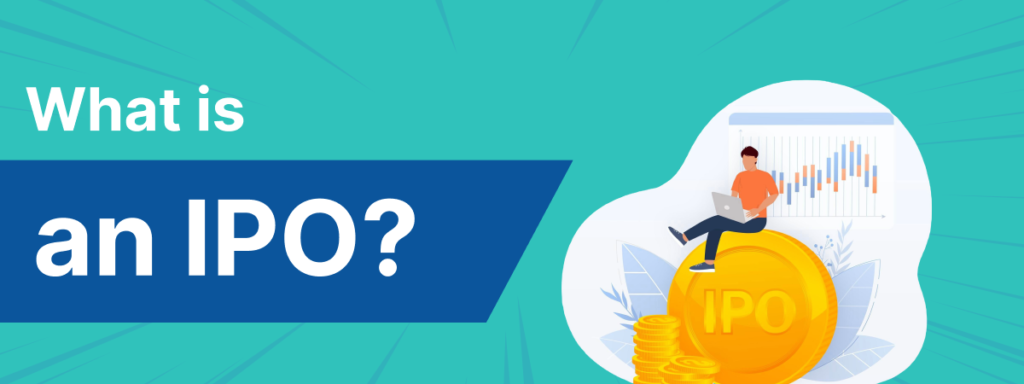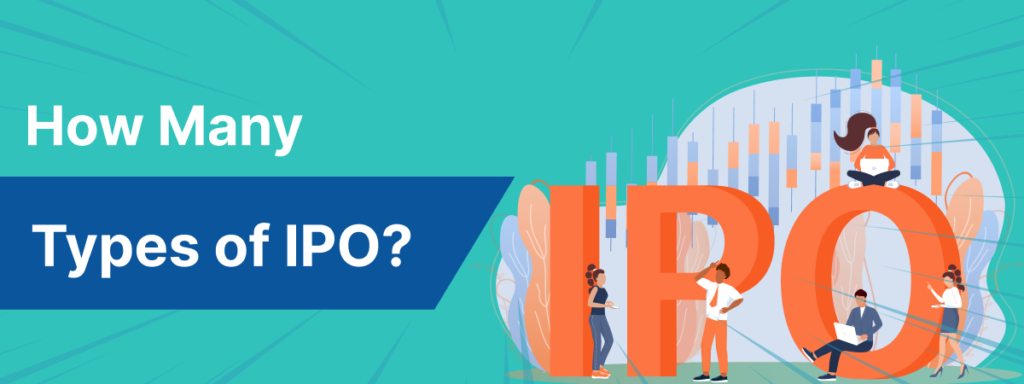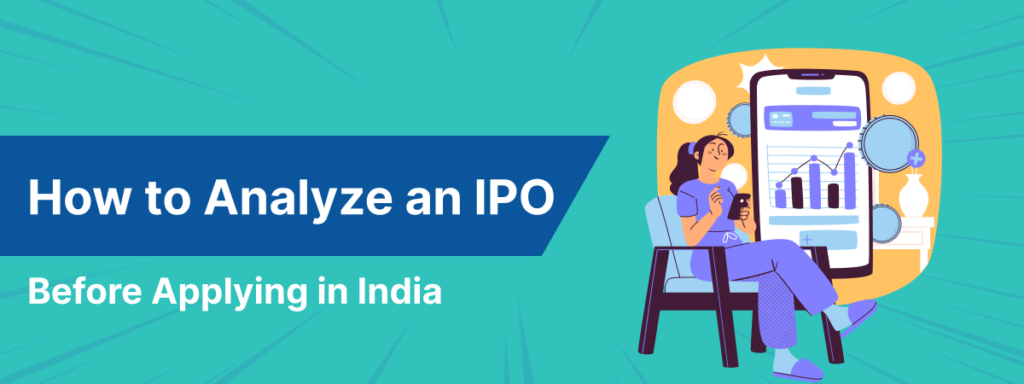An IPO (Initial Public Offering) is a significant milestone for any company, marking its transition from a private entity to a publicly traded one. While the IPO process itself garners a lot of attention, what happens after the IPO is equally important for investors, the company, and the stock market. Understanding post-listing performance is crucial for making informed investment decisions and gauging the long-term potential of a newly listed stock.
In India, IPOs like Zomato, Paytm, and LIC have captured the imagination of retail and institutional investors alike. However, the journey doesn’t end with the listing. The post-IPO phase involves several factors that can influence a company’s stock price, market reputation, and overall success. This blog will explore what happens after an IPO, the factors affecting post-listing performance, and how investors can navigate this critical phase.
What Happens Immediately After an IPO?
Once a company’s shares are listed on the stock exchange, the post-IPO phase begins. Here’s what typically happens:
- Listing Day Activity:
- The stock starts trading on the exchange, and its price is determined by market demand and supply.
- Listing gains or losses occur depending on how the market perceives the company’s valuation.
- Volatility:
- Newly listed stocks often experience high volatility as investors react to the company’s performance, market conditions, and news.
- Lock-Up Period:
- Early investors, promoters, and employees are usually subject to a lock-up period (typically 90 to 180 days) during which they cannot sell their shares. This prevents a sudden flood of shares in the market.
Factors Affecting Post-IPO Performance
The performance of a stock after its IPO depends on several factors:
1. Company Fundamentals
- Revenue Growth: Investors closely monitor the company’s revenue and profit growth post-listing.
- Profit Margins: Healthy margins indicate efficient operations and strong pricing power.
- Debt Levels: High debt can be a red flag, while low debt levels are generally positive.
2. Market Sentiment
- Investor Confidence: Positive sentiment can drive the stock price higher, while negative sentiment can lead to a decline.
- Sector Trends: The performance of the industry or sector the company operates in can impact its stock price.
3. Valuation
- Overvaluation: If the IPO is priced too high, the stock may struggle to sustain its initial price.
- Undervaluation: A reasonably priced IPO can attract long-term investors and drive steady growth.
4. Macroeconomic Factors
- Interest Rates: Rising interest rates can negatively impact stock prices, especially for growth companies.
- Economic Conditions: A strong economy generally supports stock market performance.
5. Corporate Governance
- Transparency: Companies with strong governance practices tend to perform better in the long run.
- Management Quality: Experienced and capable leadership is critical for sustained growth.
Common Trends in Post-IPO Performance
1. Listing Gains
- Many IPOs in India have delivered significant listing gains, especially in bullish markets. For example, Zomato’s shares listed at a 53% premium to their issue price.
2. Short-Term Volatility
- Newly listed stocks often experience sharp price movements as investors and traders react to news and market conditions.
3. Long-Term Performance
- While some IPOs deliver strong long-term returns, others may underperform due to overvaluation or weak fundamentals. For instance, Paytm’s shares have struggled to recover since their listing.
How to Evaluate Post-IPO Stocks
For investors, evaluating a stock’s potential after its IPO requires a combination of research and analysis. Here are some tips:
1. Analyze Financial Statements
- Review the company’s revenue, profit, and cash flow trends to assess its financial health.
2. Monitor Industry Trends
- Understand the dynamics of the industry the company operates in and its growth prospects.
3. Track Management Commentary
- Pay attention to the company’s earnings calls and management discussions for insights into future plans.
4. Compare Valuation Metrics
- Use metrics like Price-to-Earnings (P/E) ratio, Price-to-Book (P/B) ratio, and Enterprise Value-to-EBITDA (EV/EBITDA) to compare the stock with its peers.
5. Be Patient
- Avoid making impulsive decisions based on short-term price movements. Focus on the company’s long-term potential.
Examples of Post-IPO Performance in India
Let’s look at some real-life examples to understand how stocks have performed after their IPOs:
1. Zomato (2021)
- Listing Day: Shares listed at a 53% premium.
- Post-Listing: The stock initially surged but later faced volatility due to concerns over profitability.
2. Paytm (2021)
- Listing Day: Shares listed at a 9% discount.
- Post-Listing: The stock has struggled to recover, with concerns over high valuation and competition.
3. Nykaa (2021)
- Listing Day: Shares listed at a 79% premium.
- Post-Listing: The stock performed well initially but faced pressure due to valuation concerns and market conditions.
Risks of Investing in Post-IPO Stocks
While post-IPO stocks can offer significant returns, they also come with risks:
- Overvaluation: Many IPOs are priced aggressively, leading to a correction post-listing.
- Volatility: Newly listed stocks can be highly volatile, making them risky for conservative investors.
- Lack of Track Record: Unlike established companies, newly listed firms may not have a proven track record.
Conclusion
The post-IPO phase is a critical period for both companies and investors. While listing gains and initial excitement can be enticing, it’s essential to focus on the company’s fundamentals, industry trends, and long-term potential. By understanding the factors that influence post-listing performance, investors can make informed decisions and navigate the complexities of the stock market with confidence.
Whether you’re a beginner or an experienced investor, staying informed and conducting thorough research is key to success in the world of IPOs. Remember, patience and a long-term perspective are your best allies when investing in newly listed stocks.
FAQs for What Happens After an IPO
What happens to a company after an IPO?
After an IPO, the company becomes publicly traded, and its shares are listed on a stock exchange. It must comply with regulatory requirements and focus on delivering growth to shareholders.
Why do stocks fall after an IPO?
Stocks may fall after an IPO due to overvaluation, weak fundamentals, or negative market sentiment.
How long should I hold a stock after an IPO?
The holding period depends on your investment goals and the company’s erformance. Long-term investors typically hold stocks for several years.
Can I sell IPO shares immediately?
Yes, you can sell IPO shares once they are listed on the stock exchange.










